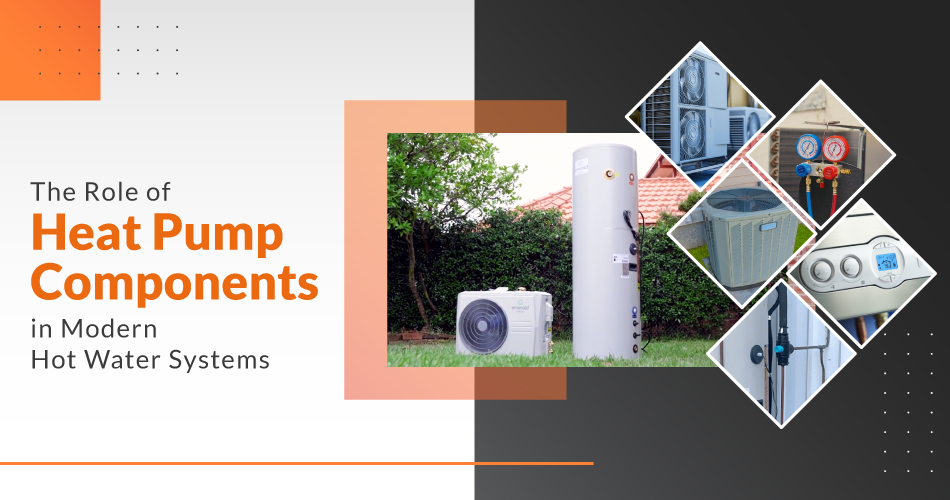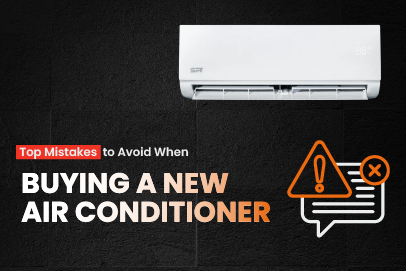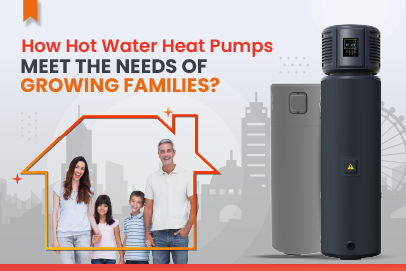Modern hot water systems, enhanced by advanced technology, are a testament to the innovation in residential and commercial utilities. The core of these systems lies in the intricacy of their heat pump components, each integral to the system's overall performance.
From intricate temperature regulation to efficient heat transfer, these hot water system parts work in harmony to provide consistent and eco-friendly hot water solutions.
The Hot Water Mixing Valve: Ensuring Safety in Hot Water Delivery
The hot water system tempering valve, beyond its basic function, also contributes to the longevity and efficiency of the hot water system.
By controlling the water temperature, the hot water system tempering valve reduces the risk of thermal shock to pipes and fixtures, further enhancing the system's durability.
This careful regulation of temperature not only ensures user comfort but also aids in energy conservation, as it prevents the system from overheating and wasting energy.
The Evaporator: Harnessing Ambient Heat
The heat pump evaporator is a testament to the efficiency of modern heat pump technology, particularly in how it demonstrates "how does evaporation work" in a practical setting.
This ability of the heat pump evaporator to harness external heat represents a significant advancement in heat pump design, boosting environmental sustainability and cost-effectiveness in hot water systems.
The Compressor: Driving the Heat Pump Cycle
The compressor in a heat pump, integral to understanding "how does a heat pump compressor work," is much more than just a mechanical part. It's pivotal in enhancing the system's thermal efficiency by increasing the refrigerant's temperature and pressure.
This heat pump compressor’s performance directly affects energy usage and operational costs, playing a crucial role in the environmental impact and sustainability of the heat pump.
Regular maintenance is key to ensuring its optimal performance and longevity, highlighting its importance in the heat pump cycle.
The Condenser: Heat Transfer to Water
Understanding "how does a heat pump condenser work" is key in grasping the efficiency of the heat pump system.
The condenser operates as a heat exchanger, transferring heat from the refrigerant to the water. This vital process not only heats the water but also cools the refrigerant back into a liquid state, enabling the continuation of the heat pump cycle.
The heat pump condenser’s design and material composition are tailored for optimal heat transfer, which is crucial for the system's energy efficiency and the provision of consistent hot water with minimal energy usage.
The Storage Tank: Reservoir of Warmth
The heat pump water heater storage tank is more than just a container for hot water. It's an integral part of the system's efficiency, ensuring that there is always a supply of hot water ready for use.
The tank's insulation plays a crucial role in minimizing heat loss and maintaining the water temperature for extended periods. This aspect is particularly important in reducing the system's energy consumption, as it prevents frequent reheating.
Moreover, the size and design of the heat pump water heater storage tank are tailored to meet the specific needs of different households or facilities, ensuring that the system can handle the demand for hot water without compromising performance.
The Controller: The Brain Behind the Operation
The heat pump controller is akin to a highly efficient manager, constantly monitoring and adjusting the operation of the heat pump components.
It's equipped with sensors and algorithms that optimize performance based on real-time data, such as water temperature and environmental conditions. This smart management not only ensures the system's reliability but also enhances its energy efficiency.
Additionally, many heat pump controllers now offer user-friendly interfaces and connectivity features, allowing users to easily adjust settings and even monitor system performance remotely.
The Expansion Valve: Regulating Refrigerant Flow
The heat pump expansion valve plays a crucial role in regulating the refrigerant's flow into the evaporator. Out of many hot water system parts, this part is pivotal in maintaining the efficiency of the refrigeration cycle, ensuring optimal performance.
In conclusion, each component, from the tempering valve to the heat pump expansion valve, contributes significantly to the overall functionality of modern hot water systems.
Understanding these components allows us to appreciate the complexity and efficiency of the technology that goes into providing our everyday hot water needs.
Refrigerant: The Heart of Heat Pump Efficiency and Sustainability
The refrigerant in a heat pump system is more than just a functional fluid; it's a key determinant of the system's overall performance and environmental impact. With various types like R-410A, R134A, R407C, R32, R1234ZE, R290, and R744, each refrigerant offers unique benefits in terms of heat absorption and release.
These types have been developed not just for their operational efficiency but also with a keen eye on reducing environmental harm. The evolution in refrigerant technology mirrors the growing emphasis on sustainability and energy efficiency in heating systems.
R-410A, for instance, is known for its low contribution to ozone depletion, while R32 stands out for its lower global warming potential. Similarly, R1234ZE and R290 are gaining traction for their minimal environmental impact.
The correct selection and handling of these refrigerants are crucial, as they directly affect the heat pump's capacity to provide consistent, energy-efficient heating while aligning with environmental standards and regulations.
The Heat Exchanger: Enhancing Heat Pump Performance
The heat exchanger in a heat pump system is a critical component for optimal thermal performance. Its primary function is to efficiently transfer heat between the refrigerant and the water or air within the system.
This component's design and material choice are crucial, as they directly influence the heat transfer rate, impacting the system's overall efficiency and energy consumption. A well-designed heat exchanger can significantly enhance the heat pump's ability to provide consistent and effective heating or cooling.
It stands as a testament to the engineering prowess behind modern heat pump technology, balancing functional efficiency with energy conservation.

Conclusion
In summary, hot water system parts, from the tempering valve to the controller, is vital for efficient and safe hot water delivery. These heat pump components showcase the progress in heating technology, emphasizing energy efficiency and user safety.







